
How to Use GY-MCU90640: Examples, Pinouts, and Specs
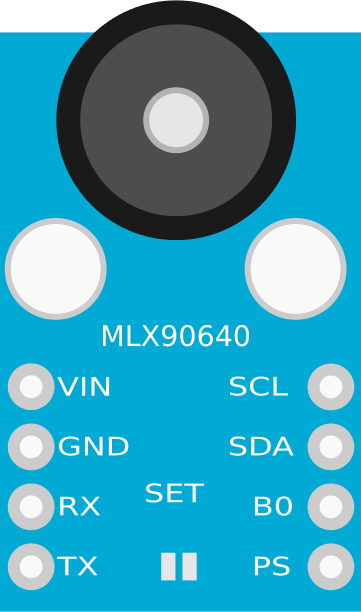
 Design with GY-MCU90640 in Cirkit Designer
Design with GY-MCU90640 in Cirkit DesignerIntroduction
The GY-MCU90640 is a sophisticated thermal imaging sensor module that incorporates the Melexis MLX90640 Far Infrared (FIR) sensor. This module is capable of detecting and measuring temperature variations, which makes it an invaluable tool for a wide range of applications. It is commonly used in thermal imaging cameras, human presence detection, and non-contact temperature measurement systems.
Explore Projects Built with GY-MCU90640
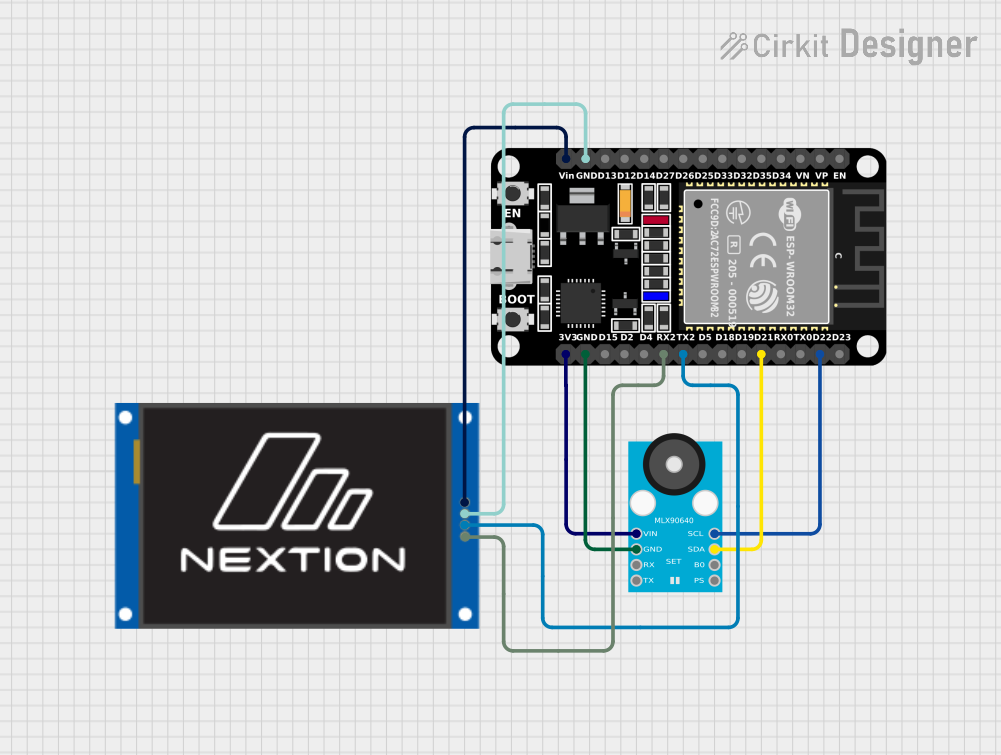
 Open Project in Cirkit Designer
Open Project in Cirkit Designer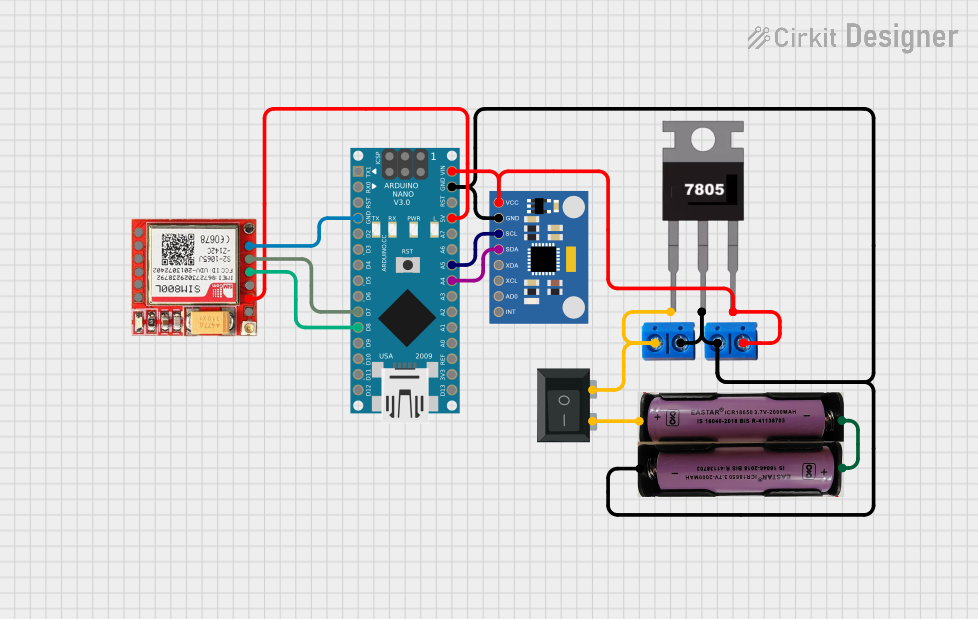
 Open Project in Cirkit Designer
Open Project in Cirkit Designer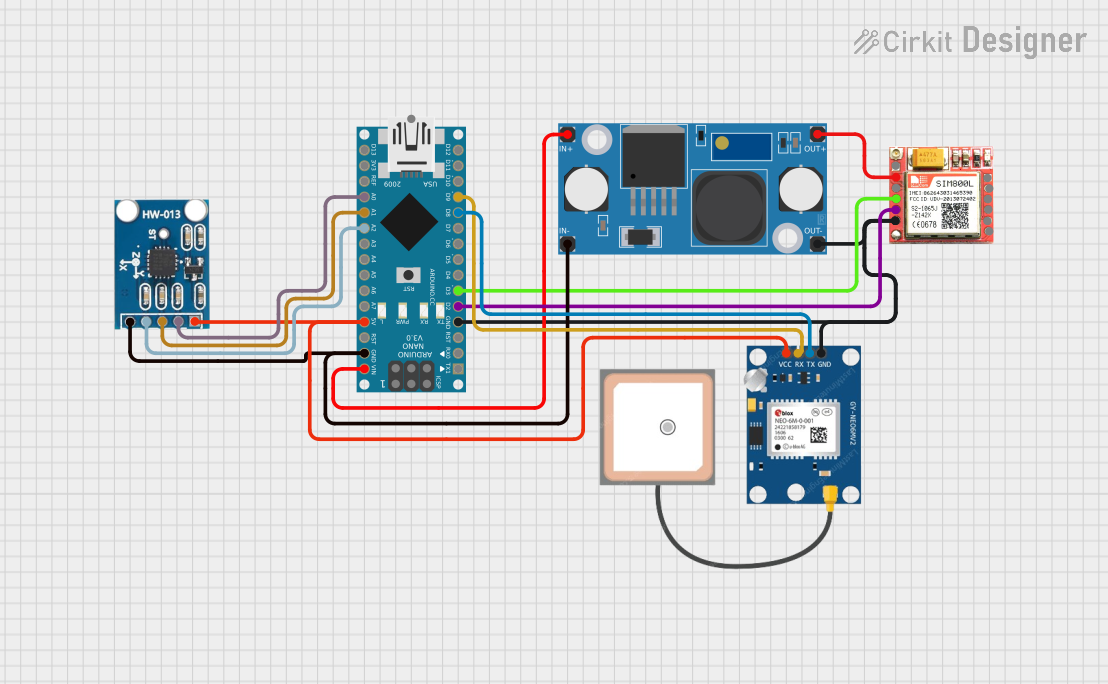
 Open Project in Cirkit Designer
Open Project in Cirkit Designer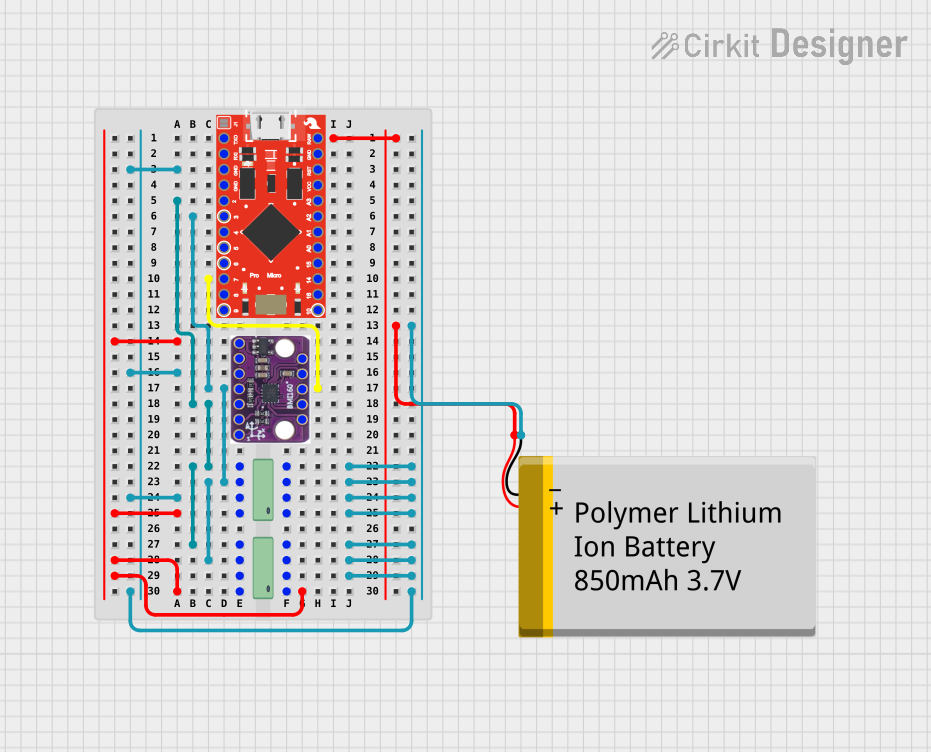
 Open Project in Cirkit Designer
Open Project in Cirkit DesignerExplore Projects Built with GY-MCU90640

 Open Project in Cirkit Designer
Open Project in Cirkit Designer
 Open Project in Cirkit Designer
Open Project in Cirkit Designer
 Open Project in Cirkit Designer
Open Project in Cirkit Designer
 Open Project in Cirkit Designer
Open Project in Cirkit DesignerCommon Applications and Use Cases
- Thermal imaging for night vision and heat leakage detection
- Human presence and movement detection for smart home systems
- Temperature measurement for industrial process monitoring
- Overheating detection in electrical circuits and machinery
- Contactless temperature checks in healthcare applications
Technical Specifications
Key Technical Details
- Sensor: Melexis MLX90640 FIR Sensor
- Operating Voltage: 3.3V - 5V
- Current Consumption: ~23mA (typical)
- Field of View (FoV): 55° x 35° or 110° x 75° (depending on the model)
- Measurement Range: -40°C to 300°C
- Resolution: 0.1°C
- Interface: I2C
- Frame Rate: 0.5Hz to 64Hz (configurable)
Pin Configuration and Descriptions
| Pin Number | Pin Name | Description |
|---|---|---|
| 1 | VCC | Power supply (3.3V - 5V) |
| 2 | GND | Ground |
| 3 | SCL | Serial Clock Line for I2C communication |
| 4 | SDA | Serial Data Line for I2C communication |
| 5 | RX | UART Receive (unused for I2C mode) |
| 6 | TX | UART Transmit (unused for I2C mode) |
Usage Instructions
How to Use the Component in a Circuit
- Power Supply: Connect the VCC pin to a 3.3V or 5V power source and the GND pin to the ground.
- I2C Communication: Connect the SCL and SDA pins to the corresponding I2C clock and data lines on your microcontroller (e.g., Arduino UNO).
- Addressing: The default I2C address of the MLX90640 sensor is 0x33. Ensure no address conflicts with other I2C devices on the same bus.
Important Considerations and Best Practices
- Avoid exposing the sensor to extreme temperatures that exceed its measurement range.
- Prevent physical contact with the sensor element to avoid damage.
- Ensure that the power supply is stable and within the specified voltage range.
- Use pull-up resistors on the I2C lines if they are not already present on the microcontroller board.
Example Code for Arduino UNO
#include <Wire.h>
#include <Adafruit_MLX90640.h>
Adafruit_MLX90640 mlx;
void setup() {
Serial.begin(9600);
Wire.begin();
mlx.begin(MLX90640_I2CADDR_DEFAULT, &Wire);
mlx.setMode(MLX90640_INTERLEAVED);
mlx.setResolution(MLX90640_ADC_16BIT);
mlx.setRefreshRate(MLX90640_2_HZ);
}
void loop() {
float temp[32 * 24]; // Array to store temperature for each pixel
mlx.getFrame(temp);
for (int i = 0; i < 24; i++) {
for (int j = 0; j < 32; j++) {
Serial.print(temp[j + i * 32], 1);
Serial.print(", ");
}
Serial.println();
}
delay(500);
}
Note: The above code uses the Adafruit MLX90640 library, which simplifies the interaction with the sensor. Make sure to install the library before compiling the code.
Troubleshooting and FAQs
Common Issues Users Might Face
- No Data on I2C: Check connections and ensure that the correct I2C address is used. Also, verify that the power supply is within the specified range.
- Inaccurate Temperature Readings: Ensure that the sensor is not exposed to rapid temperature changes and that there is no obstruction in front of the sensor's field of view.
- Sensor Not Detected: Make sure that the sensor is correctly powered and that the SDA and SCL lines are connected properly.
Solutions and Tips for Troubleshooting
- Use I2C scanner code to confirm the sensor's address and connectivity.
- Ensure that the ambient temperature is stable for accurate readings.
- Check for soldering issues or loose connections if the sensor is not detected.
FAQs:
Q: Can the GY-MCU90640 be used with 5V microcontrollers like Arduino UNO? A: Yes, the module can be interfaced with 5V systems as it is 5V tolerant.
Q: How can I change the I2C address of the sensor? A: The I2C address is fixed and cannot be changed.
Q: What is the maximum frame rate of the GY-MCU90640? A: The maximum frame rate is 64Hz, but it can be configured to lower rates to suit the application.
Q: Is it necessary to calibrate the sensor? A: The sensor comes factory-calibrated, but for precise applications, additional calibration may be required.
For further assistance, consult the manufacturer's datasheet and the community forums dedicated to the GY-MCU90640 module.